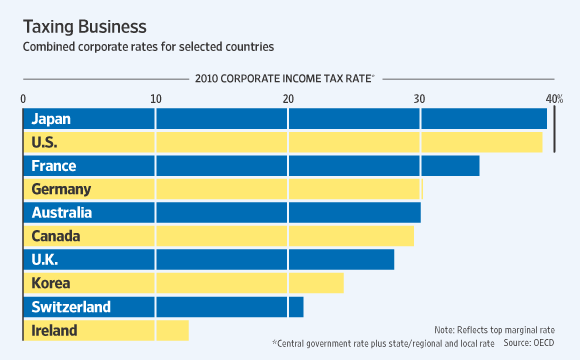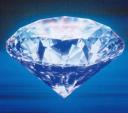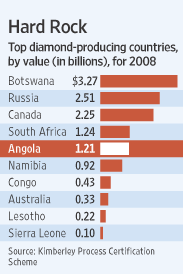Some investors have the misconception that Brazil is a commodity-based economy. However this is not true. Though natural resources form a major portion of the economy, the manufacturing sector is growing rapidly.
The chart below shows the different types of products that are exported from the country:
Click to Enlarge
Manufactured goods such as planes, cars, vehicle components, etc. accounted for about 45% of all exports for the 12 months thru March this year. Primary products which include minerals, food products such as coffee, soy, meat, etc. amounted to about 42% of exports. Semi-manufactured products include raw sugar cane, wood chemical moisture, etc.
Brazil has also increased its exports to China, Asia (excl. Middle East and China), other countries and has reduced its exports to the U.S. and EU. Exports of Brazilian products to China has more than doubled when compared to 2006. As the economies of the EU and U.S. remain sluggish, Brazil’s increasing dependence on emerging markets for exports will benefit the country as there is potential for more growth in these markets.
Source:Â Banco Central Do Brasil



